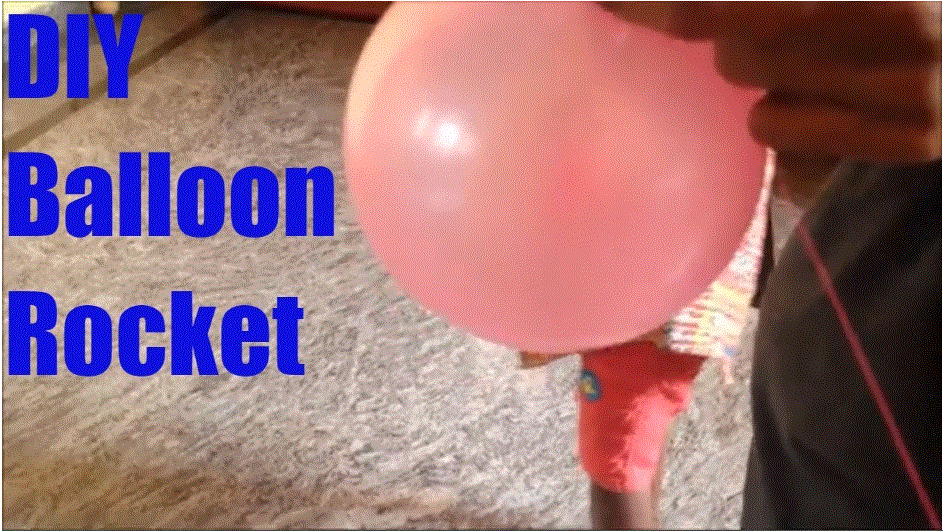Introduction:
A rocket is a spacecraft that receives thrust from a rocket engine. The theory behind working of a rocket is action and reaction.

This process pushes the rocket by expelling its exhausting the opposite direction. The main components of rocket are propellent, propellent tank and nozzle.
Sometimes, a single rocket has more than one rocket engines, stabilization device and a structure that holds the things together.
Rocket science is part of aerospace engineering which is the study of the structure and working of the spacecraft.
This study includes designing, testing and building rockets and their engines.
rocket science is part of aerospace engineering which is the study of the structure and working of the spacecraft.
This study includes designing, testing and building rockets and their engines.
In this video, we show a simple rocket science experiment for science exhibition for students using materials that are easily available. One may take help of teachers or parents to perform the experiment.
Materials Used:
- Balloon
- Thread
- Straw
- Scissors
- Tape
- Two heavy ends to perform the experiment
You use the resource/tools page section to find the tips where you can buy these materials used at a reasonable cost.
Detailed Video Show How To Make Balloon Rocket Science Experiment for Exhibition
Questions and Answers:
- What is rocket science?
A. Rocket science is the study of rockets, designing, testing and building the spacecrafts. It is a part of aerospace engineering study.
2. What are the parts of the rocket/spacecraft?
A. There are four parts of a rocket. They are structure, payload, guidance and propulsion. They are stacked upon each other in the order of payload, guidance and propulsion been the last.
3. What are the uses of rocket science?
A. Rockets are used for science and research, military purpose, space flight and rescue.
4. Why is rocket science important?
A. Rockets are used to launch satellites into the space. The rocket engine launches the spacecraft with great velocity sending them into the right orbit.
Conclusion:
Rocket science follows Newton’s Laws of motion. The first law states that the object at rest will stay without moving at rest and the objects that are in motion will be in motion unless it is acted upon by some external energy or force.
A rocket will be at its place in the launch pad unless there is some action taken on it to push into space.
The second law of Newton says that the force on an object equals the mass number of times its acceleration.
When the rocket is launched by the engine, the mass of the rocket decreases as a whole because it uses up the fuel that adds additional mass to the rocket weight.
The third law of Newton says that, for every action, there is an equal and opposite reaction. Thrust is the force that lifts the rocket and causes the space craft to move in the opposite direction.

